Terry Keeley
Well-Known Member
- Joined
- Jul 24, 2002
- Messages
- 7,202
Been thinking about how to check rake angles and poking around found these two pictures:
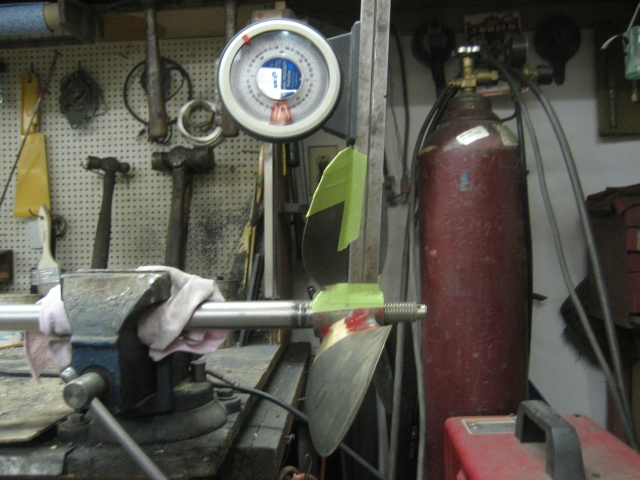
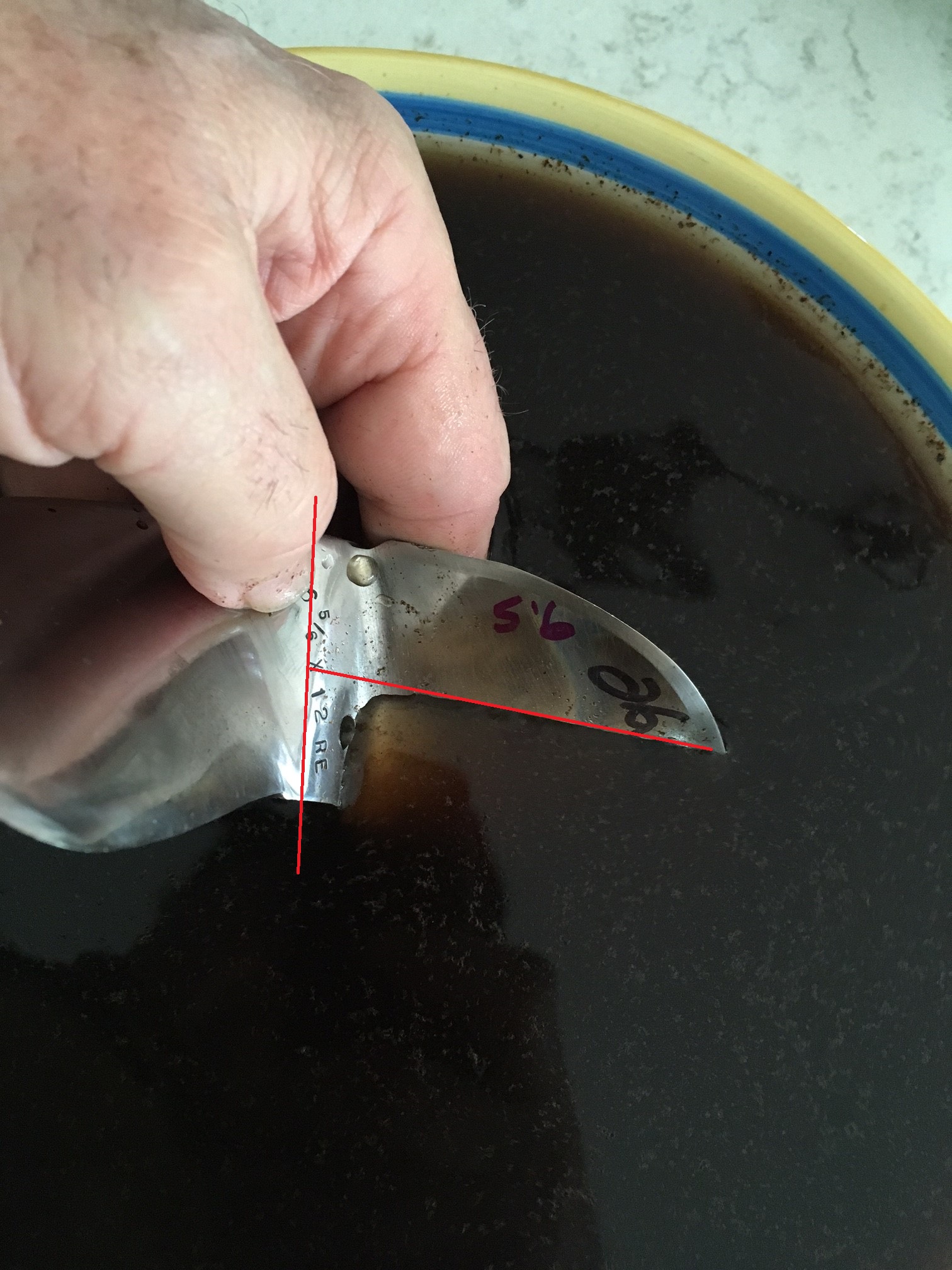
I also contacted Lohring Miller as I knew he had some some work on this. I came up with the idea of dropping an indicator on the blade and moving it out a certain x-y distance until it reads zero again and using trig to calculate the angle:
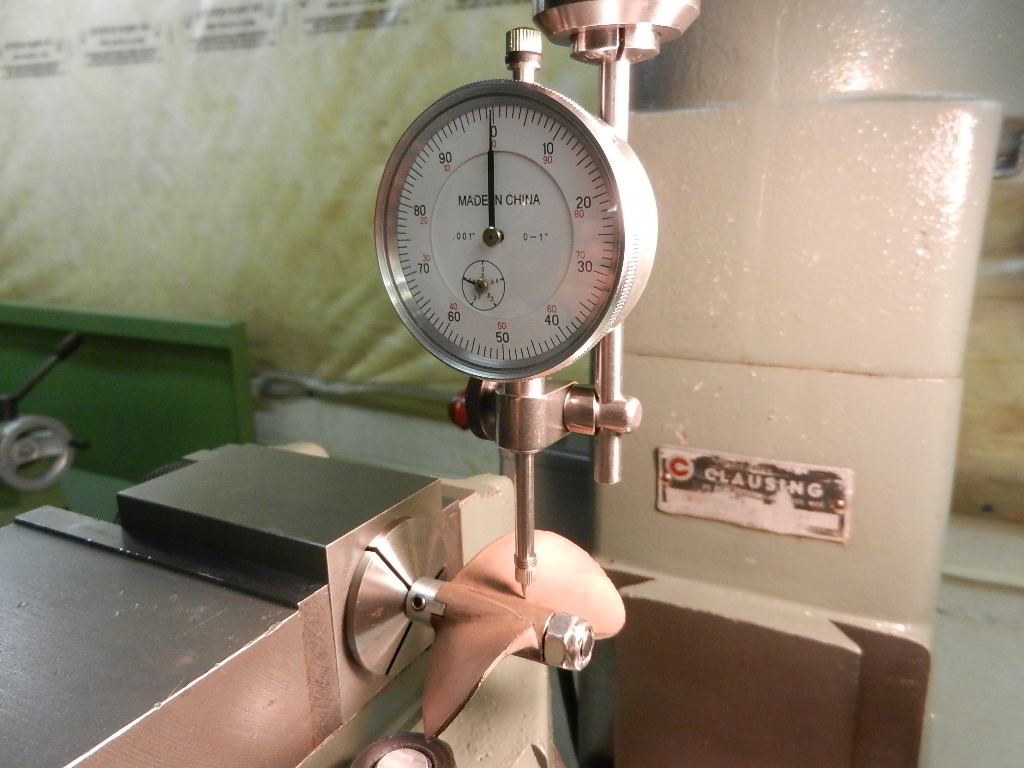
After figuring out what Lohring did I mounted the prop vertically and just read the indicator and calculated it that way. This old "09" series has zero rake, the indicator doesn't move from tip to root:
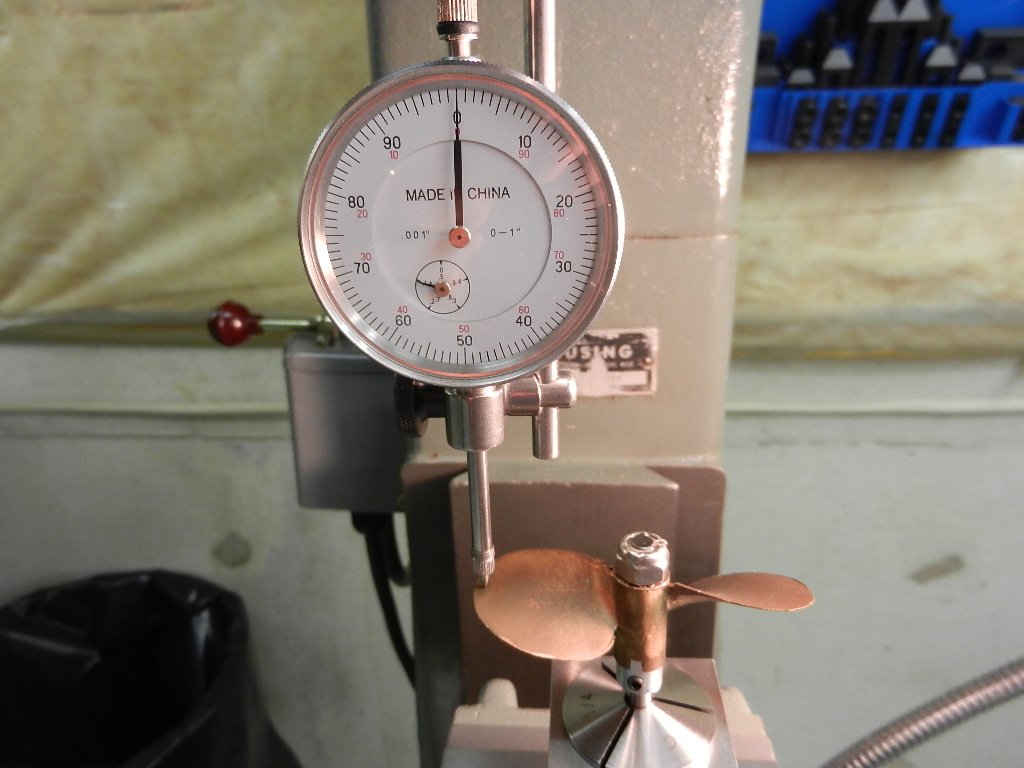
Surprising (to me anyway) this 1667 had about 17*:
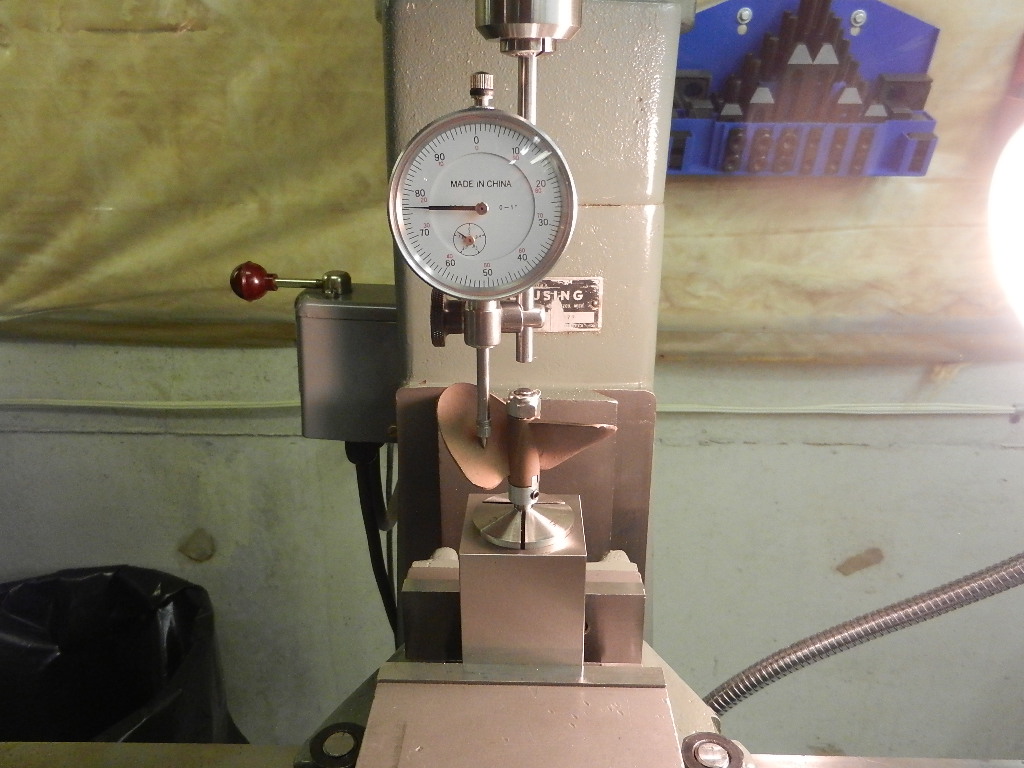
Turns out the 21 series I've been running on my SAW boat has about 12*. I might havta cut up a 16 series next.



I also contacted Lohring Miller as I knew he had some some work on this. I came up with the idea of dropping an indicator on the blade and moving it out a certain x-y distance until it reads zero again and using trig to calculate the angle:
After figuring out what Lohring did I mounted the prop vertically and just read the indicator and calculated it that way. This old "09" series has zero rake, the indicator doesn't move from tip to root:
Surprising (to me anyway) this 1667 had about 17*:
Turns out the 21 series I've been running on my SAW boat has about 12*. I might havta cut up a 16 series next.
Last edited by a moderator:


































